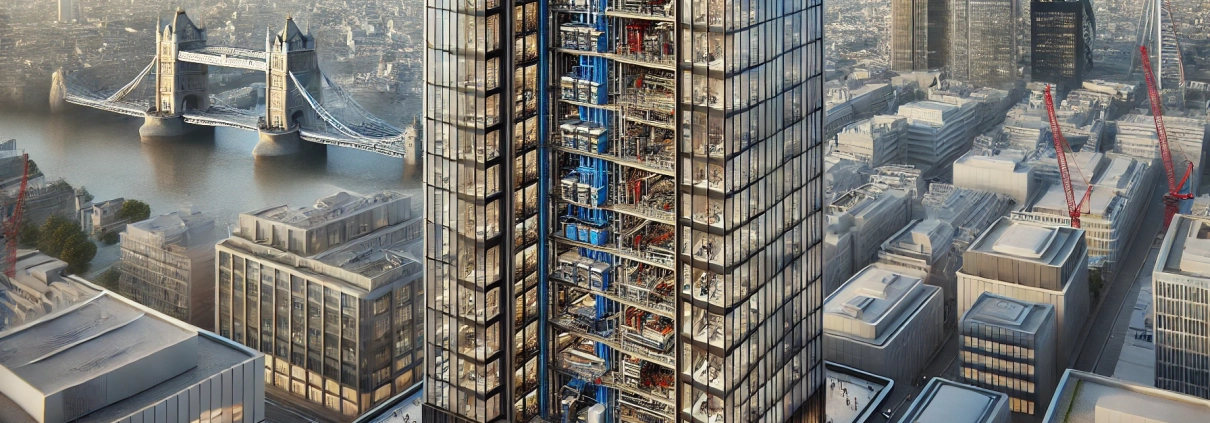Building Core
A main concrete structural component that goes the entire vertical length of a high-rise building and houses elevators, stairwells, and MEP vertical risers. In many cases, the core will also house the bathrooms in non-residential commercial buildings. Also see Core – (structural).
Putting ‘Building Core’ in Context
Case Overview
Thamesview Capital, a London-based real estate investment manager, is in the process of acquiring Kensington Tower, a 25-story office building located in the heart of London’s core business district. The tower is a prime example of a high-rise office building with modern architectural design and state-of-the-art amenities, making it an attractive core investment for Thamesview’s portfolio.
The Importance of the Building Core
In high-rise office buildings like Kensington Tower, the building core is a critical structural element. The building core runs vertically through the entire height of the structure, providing essential support and housing vital systems that enable the building to function efficiently.
Key Components of Kensington Tower’s Building Core:
- Elevators and Stairwells: Kensington Tower has eight high-speed elevators and two emergency stairwells, all located within the building core. These elements are crucial for the movement of people within the building, especially during peak hours and in case of an emergency evacuation.
- MEP Vertical Risers: The mechanical, electrical, and plumbing (MEP) systems that serve the entire building are centralized within the core. These include HVAC ductwork, electrical conduits, and plumbing pipes, all of which are essential for maintaining a comfortable and safe working environment.
- Bathrooms: The building core also houses the restroom facilities on each floor, strategically located to be easily accessible from all office spaces.
Role of the Building Core in Investment Considerations
When evaluating the acquisition of Kensington Tower, Thamesview Capital carefully considered the design and condition of the building core. A well-designed and properly maintained core can significantly impact both the operational efficiency and the long-term value of the property.
Key Considerations:
- Structural Integrity: The strength and durability of the building core ensure the overall stability of the high-rise structure. Thamesview’s engineering team conducted a thorough assessment to confirm that the core is free of defects and meets modern safety standards.
- Flexibility for Tenants: The centralized location of the core allows for flexible floor plans, enabling tenants to customize their office spaces without disrupting critical building systems. This flexibility is a key selling point for attracting high-quality tenants in London’s competitive office market.
- Maintenance and Upgrades: The building core’s condition also affects future capital expenditures. Thamesview factored in the potential costs of maintaining and upgrading the core, particularly the MEP systems, over the hold period of the investment.
Conclusion
In the case of Kensington Tower, the building core is not just a structural component but a central element that influences the building’s functionality, tenant satisfaction, and overall investment performance. For Thamesview Capital, understanding the intricacies of the building core was essential in making an informed acquisition decision, ensuring that Kensington Tower remains a valuable asset in their portfolio for years to come.
Click here to get this CRE Glossary in an eBook (PDF) format.

